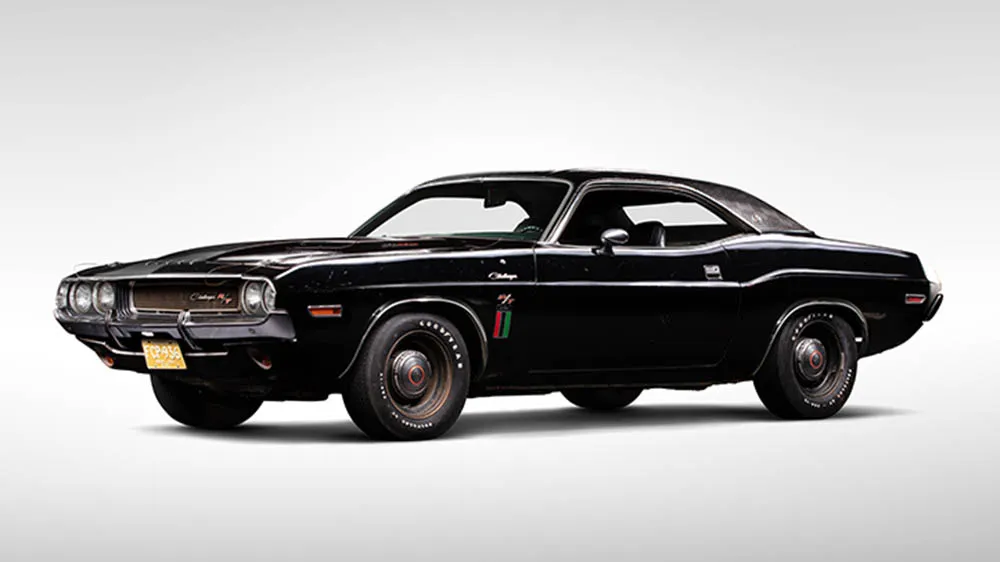The Dodge Challenger has been a classic American car for over 53 years. The first Challenger was designed to compete with other popular muscle cars at the time, mainly the Chevrolet Camaro and Ford Mustang. However, in 1975 after the birth and short life of the Challenger, it was discontinued until its revival in 2008, when they brought back the classic muscle car with retro styling, loud, powerful engines, and a reputation for high speeds. The latest Challenger, with the highest engine option packs over 1025 horsepower that launches the car forward at a blistering speed, capable of surpassing 60 miles per hour in 1.66 seconds.
Recently, Dodge announced that the Challenger and another one of its muscle cars, the Charger, are going to be discontinued to be replaced with the eMuscle. Why? Several reasons. First, the Challenger models with relatively high performance are extremely expensive, and although the high-paying costumers exist, many people have decided to go for the cheaper options such as used, or even repaired salvage. Secondly, there has been a huge push for car companies to produce electric cars, with certain car models succeeding almost entirely because of their fuel economy and environmental impact. Therefore, by basic logic, someone can conclude exactly what Dodge needed to do: reduce or maintain equal cost, possibly rejuvenate its retro styling, provide a gasoline and electric model options of similar or equal performance, and provide unique changes every few years to maintain demand for the newest models. A few cars have had this situation before, the Corvette for example, made changes in design from 1985 to 2000 that should’ve been done over 5 or maybe 10 years. The Corvette was brought back stronger than ever by introducing much more aggressive styling like a supercar and constantly improving the performance.
So, what did Dodge do wrong? Many things. They removed the body line that arched up towards the back which aided the aggressive retro styling, the iconic dual sets of circular headlights were replaced with a bar on the bottom and sides, and the performance isn’t as good as it should be for an alleged upgrade. The eMuscle is estimated to have around 900 horsepower from two motors, which is impressive compared to the current Challenger Hellcat Redeye but will likely be far more expensive and is still less than the Challenger Demon. In terms of acceleration, the eMuscle can achieve 60 miles per hour in under 2 seconds, and the Challenger Superstock can do the same in around 3.25 seconds which is an improvement, but it still is slower than the Challenger Demon. On top of it all, without a gasoline engine which made sounds so recognizable that it constituted a whole personality, the whole ego associated with the car will be destroyed. Obviously, the artificial engine sounds that are being used for the car sound both fake and are a far cry from sounding like its gasoline predecessor.
While the eMuscle has its pros and cons, it won’t be until we have pricing and other key factors that we will be able to compare the different elements of the car completely.
Works referenced:
Johnson, Erik “2025 Dodge eMuscle Electric Muscle Car: Smoke All Four of ’Em” 14 July, 2022, www.motortrend.com/news/2025-dodge-emuscle-electric-muscle-car-future-cars/
Irwin, Austin “2023 Dodge Challenger SRT Demon 170” www.caranddriver.com/dodge-challeenger-srt-demon


